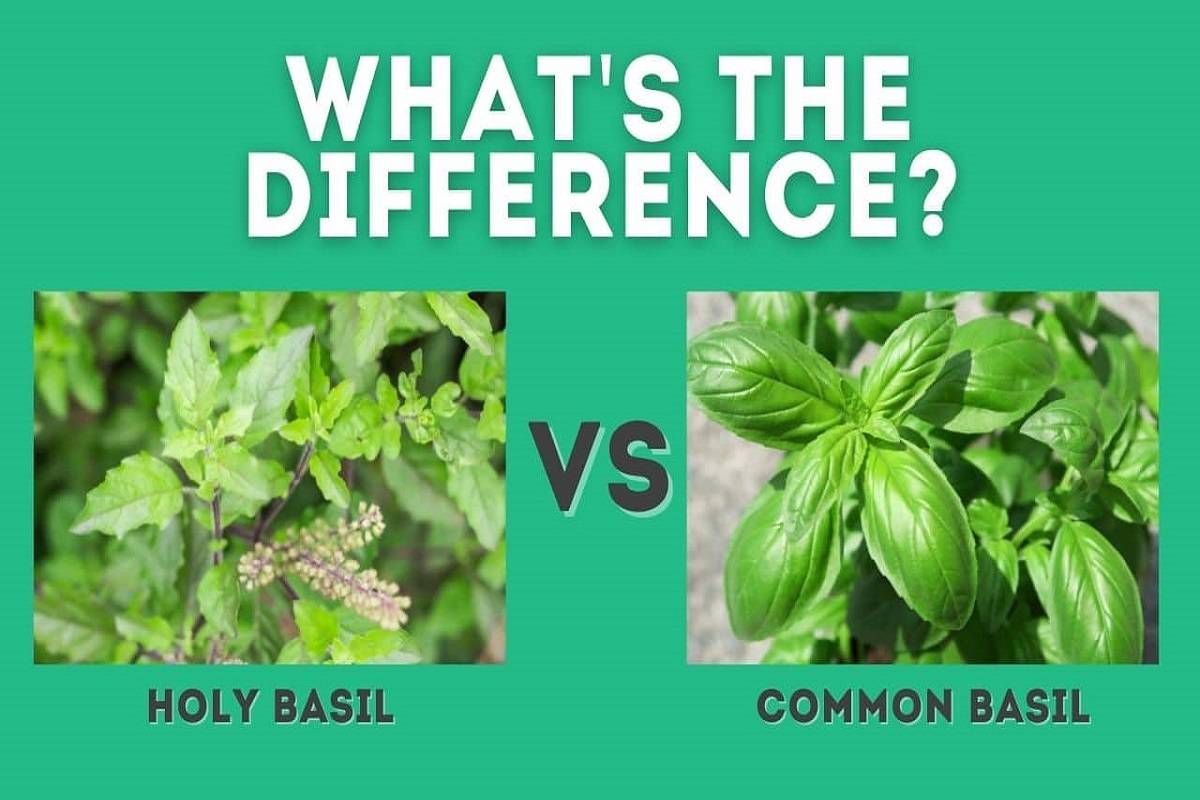
Holy basil is a plant related to mint and shares many of its therapeutic benefits. Additionally, it is crucial to Indian cuisine since it gives food to taste. The leaves of common or sweet basil grow in bushy clusters as opposed to spreading outwards like those of holy basil. They are a lighter shade of green with deep parallel veins.
Since there are many different types of basil and it's simple to confuse them, let's know how holy basil and normal basil vary from one another.
Holy Basil:
Scientific Name: Ocimum tenuiflorum or O. sanctum
Also known as Sacred Basil, Kapoor Tulsi, Temperate Tulsi, and Tulsi
Background: For Hindus, holy basil is a sacred plant that is used in both their food and medicinal. In India, the dead were interred with sacred basil leaves to facilitate their entrance into paradise.
Taste: The flavor of holy basil is comparable to that of licorice and cloves. When allowed to blossom and grow to seed, it practically has the same flavor as ordinary basil, which some don’t find pleasant and perhaps explains why it is not frequently used in cooking.
Holy basil has several health advantages; hence it is frequently used medicinally and in holy basil tea. The holy basil plant is used by many people for its restorative, calming, and other medicinal characteristics.
Basil or Sweet Basil:
Scientific Name: Ocimum basilicum
Additional Names: Sweet basil
Background: The mint family includes basil, which has been used since at least the 14th century.
Taste: Basil is a strong plant with a flavor that is a cross between mint and anise, however, it is difficult to distinguish those characteristics while eating it. Basil is, in a word, exquisite.
This plant has a wide range of culinary and therapeutic applications.
Differences between holy basil and common basil:
What are Tulsi and Basil used for?
Both holy and sweet basil include a substance called "cineole," which has antibacterial, antiseptic, and antifungal qualities. Because of their therapeutic properties, these two types are both used.
You can use either holy basil or sweet basil in the kitchen, but be aware that they both have a distinctive flavor character. While sweet basil tastes more like anise, holy basil has stronger licorice or peppery flavor.
Should You Use Regular or Holy Basil?
Both sweet basil and holy basil have many applications. Both types of basil will grow well in the garden since basil is an excellent companion plant, while sweet basil is more frequently used in cooking. Basil's strong aroma works wonders in keeping pests away from other plants, and its lovely blossoms can draw beneficial insects to your garden.
If you have additional room and want to plant your next season, we would highly recommend both kinds because they are both simple to grow and manage.
Holy Basil (Tulsi) vs Basil: Which is Better?
Both herbs are quite similar but they aren’t interchangeable. While holy basil and basil come from the same family, the Ocimum genus, they have different properties, uses, and flavors. Holy basil is considered sacred in Hinduism, and it's used in Ayurvedic medicine for its medicinal properties. It has a stronger, more pungent flavor that is often described as spicy or medicinal. Common basil, on the other hand, has a sweeter, more fragrant aroma, is widely cultivated worldwide, and is mostly used in cooking, particularly in Mediterranean and Italian dishes.

















